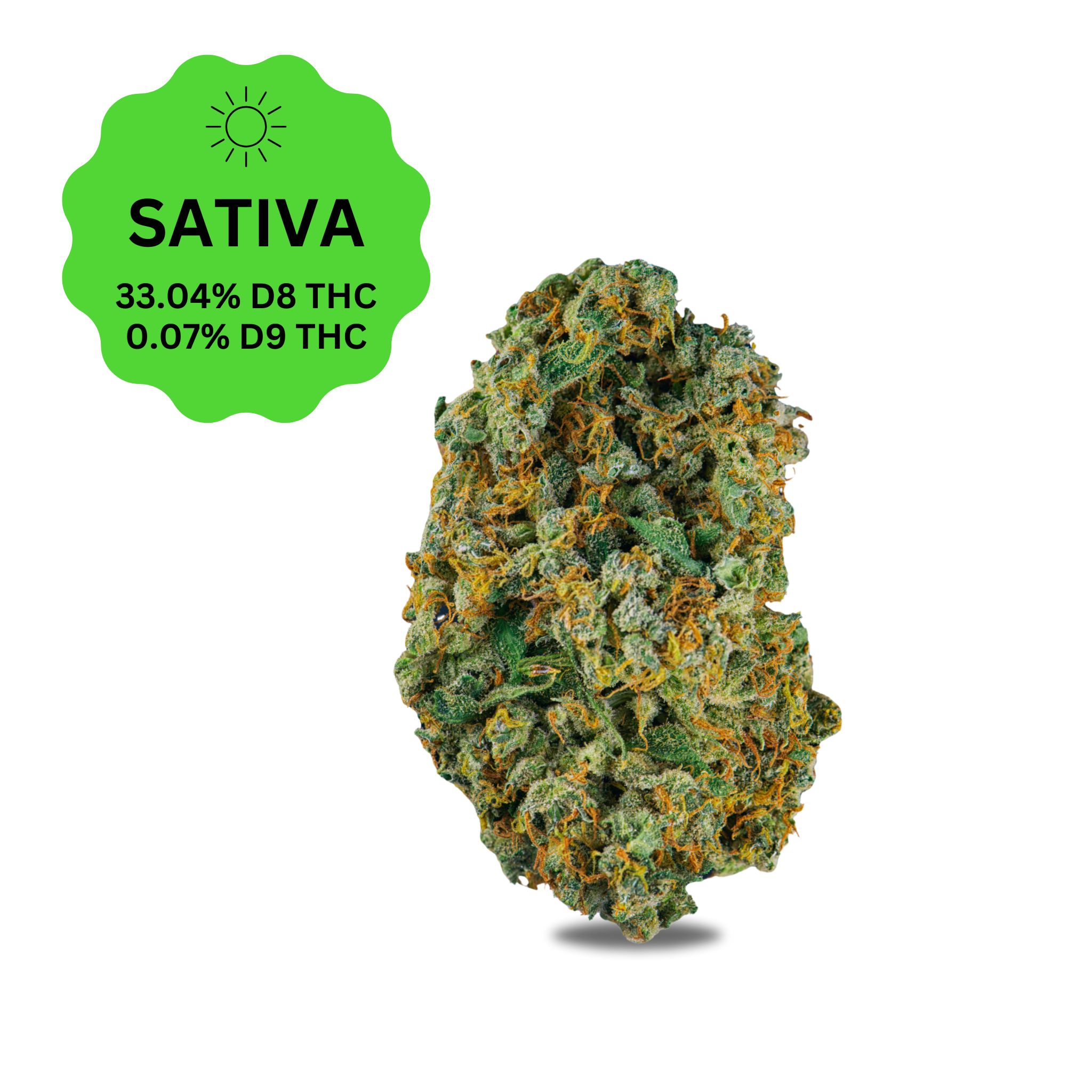
$14.99
![]() >
Blogs
>
Cannabis >
Let’s Talk Delta-8 State Legality: Utah
>
Blogs
>
Cannabis >
Let’s Talk Delta-8 State Legality: Utah
THE STATEMENTS ON THIS BLOG ARE NOT INTENDED TO DIAGNOSE, TREAT, CURE, OR PREVENT ANY DISEASE. THE FOOD AND DRUG ADMINISTRATION HAS NOT EVALUATED ANY STATEMENTS CONTAINED WITHIN THE BLOG. ATLRX DOES NOT IN ANY WAY GUARANTEE OR WARRANT THE ACCURACY, COMPLETENESS, OR USEFULNESS OF ANY MESSAGE. THE INFORMATION CONTAINED WITHIN THIS BLOG IS FOR GENERAL INFORMATIONAL PURPOSES ONLY.
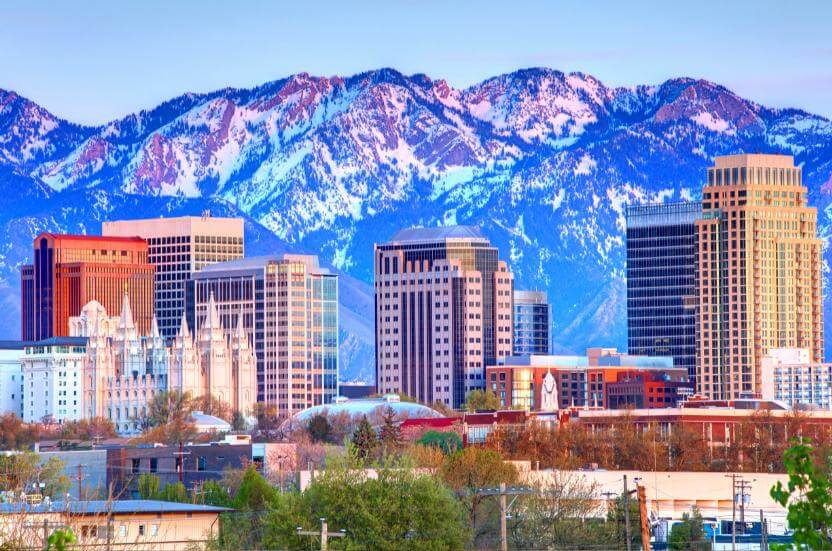
Utah is a spectacle; the state has a stunning scenery if you’re into deserts, sand, and being able to see the stars during the night. I can’t go without light or noise pollution. Other than that, I don’t know much about the state other than its religious background. They’ve got the Utah Jazz and the underrated cult classic SLC Punk. It’s a shame that most of the state’s population is not a fan of THC when it comes to recreational use. But the state has given its blessing for medical marijuana. Utah has decided to play by its own rules rather than follow the footsteps of its neighbors. That decision certainly has to do with the state’s high Mormon population’s values. Utah hopped on proposition 2 in 2018, setting up medical patients with Delta 9 THC.
So how does the state of Utah feel about delta 8 THC?
As you may have guessed—Delta 8 THC is illegal and cannot be purchased in the state of Utah. Delta-8 is considered a controlled substance under their Controlled Substances act which defines it as a schedule I drug. Utah has made revisions to legalize hemp; however, only the bare minimum—not including isomers of THC. That branch of legislation covers all of the derivatives from hemp as well. Because Delta-8 is considered illegal in the state of Utah, therefore, there are no defining possession laws. It is federally legal through the Farm Bill of 2018, but since it is permitted within the state, you’re looking at the same repercussions as delta-9 THC possession.
No, Delta 8 THC is not legal in the state of Utah.
Here are some clips from The Utah Medical Cannabis ACT
RULE R68-22. INDUSTRIAL HEMP RESEARCH.
R68-22-2. Definitions.
As in effect on October 1, 2019
(6) “Industrial Hemp”: means the plant Cannabis sativa L. and any part of such plant, whether growing or not, with a delta-9 tetrahydrocannabinol concentration of not more than 0.3 percent on a dry weight basis.
CHAPTER 37 – UTAH CONTROLLED SUBSTANCES ACT
Subsection 58-37-4(2)(a)(iii)
(AA) Tetrahydrocannabinols, naturally contained in a plant of the genus Cannabis (cannabis plant), as well as synthetic equivalents of the substances contained in the cannabis plant, or in the resinous extractives of Cannabis, sp. and/or synthetic substances, derivatives, and their isomers with similar chemical structure and pharmacological activity to those substances contained in the plant, such as the following: ∆1 cis or trans tetrahydrocannabinol, and their optical isomers ∆6 cis or trans tetrahydrocannabinol, and their optical isomers ∆3,4 cis or trans tetrahydrocannabinol, and its optical isomers, and since nomenclature of these substances is not internationally standardized, compounds of these structures, regardless of numerical designation of atomic positions covered;
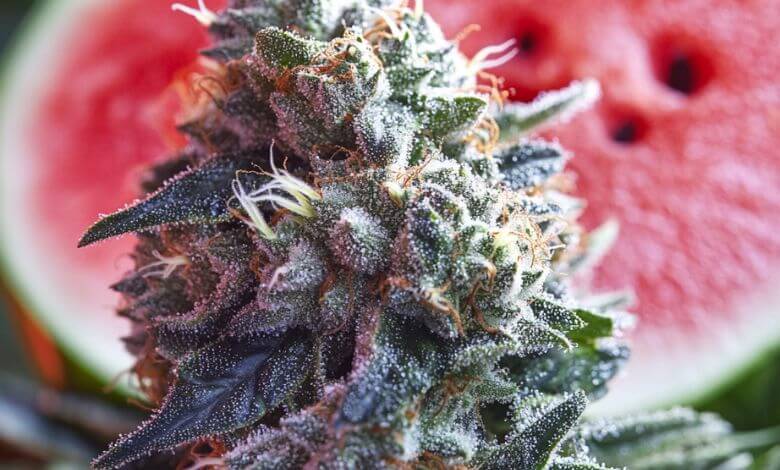
April 11, 2025
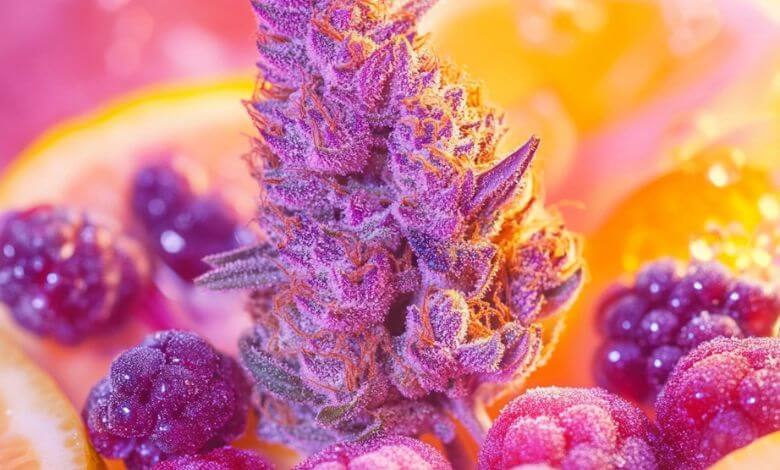
April 10, 2025
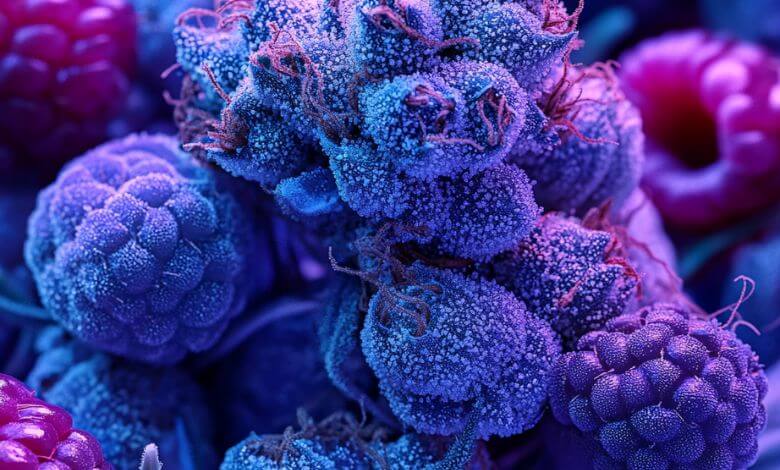
April 4, 2025
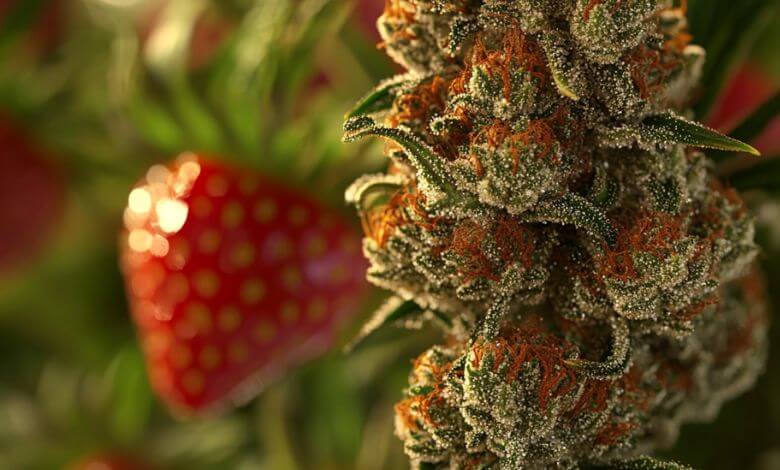
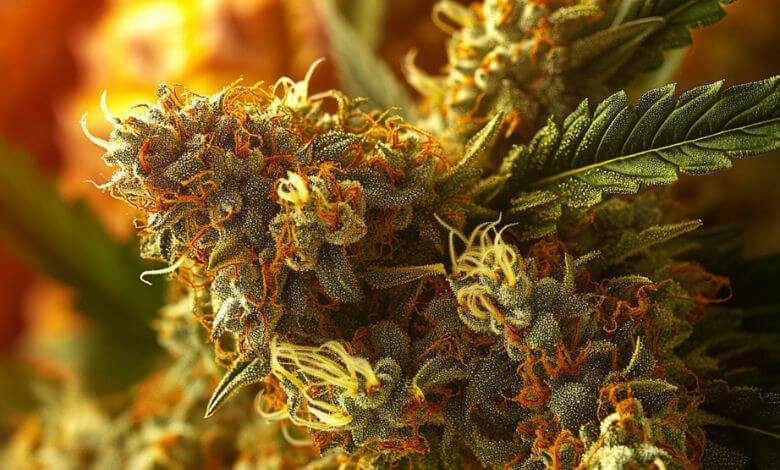
March 26, 2025

$14.99
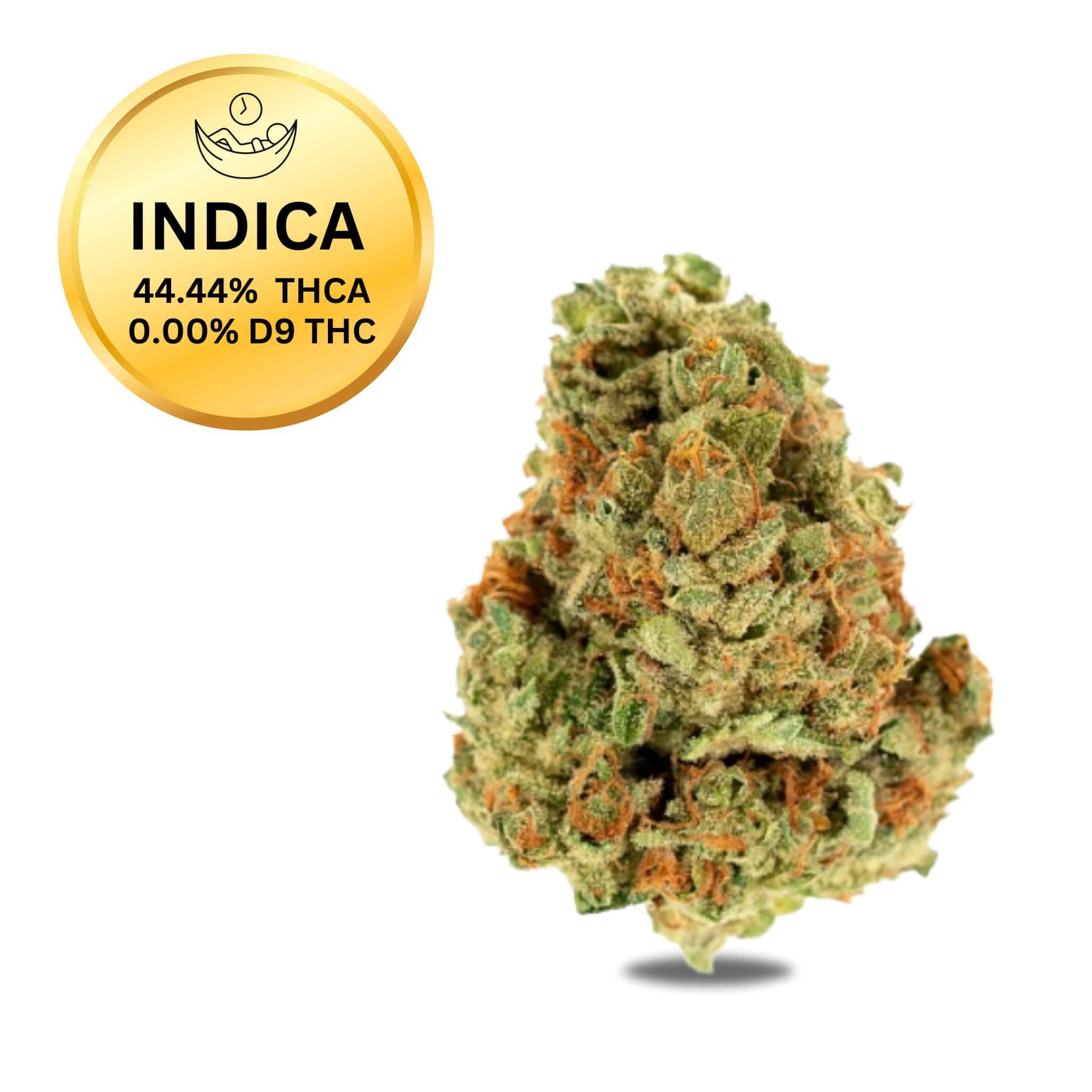
$19.99
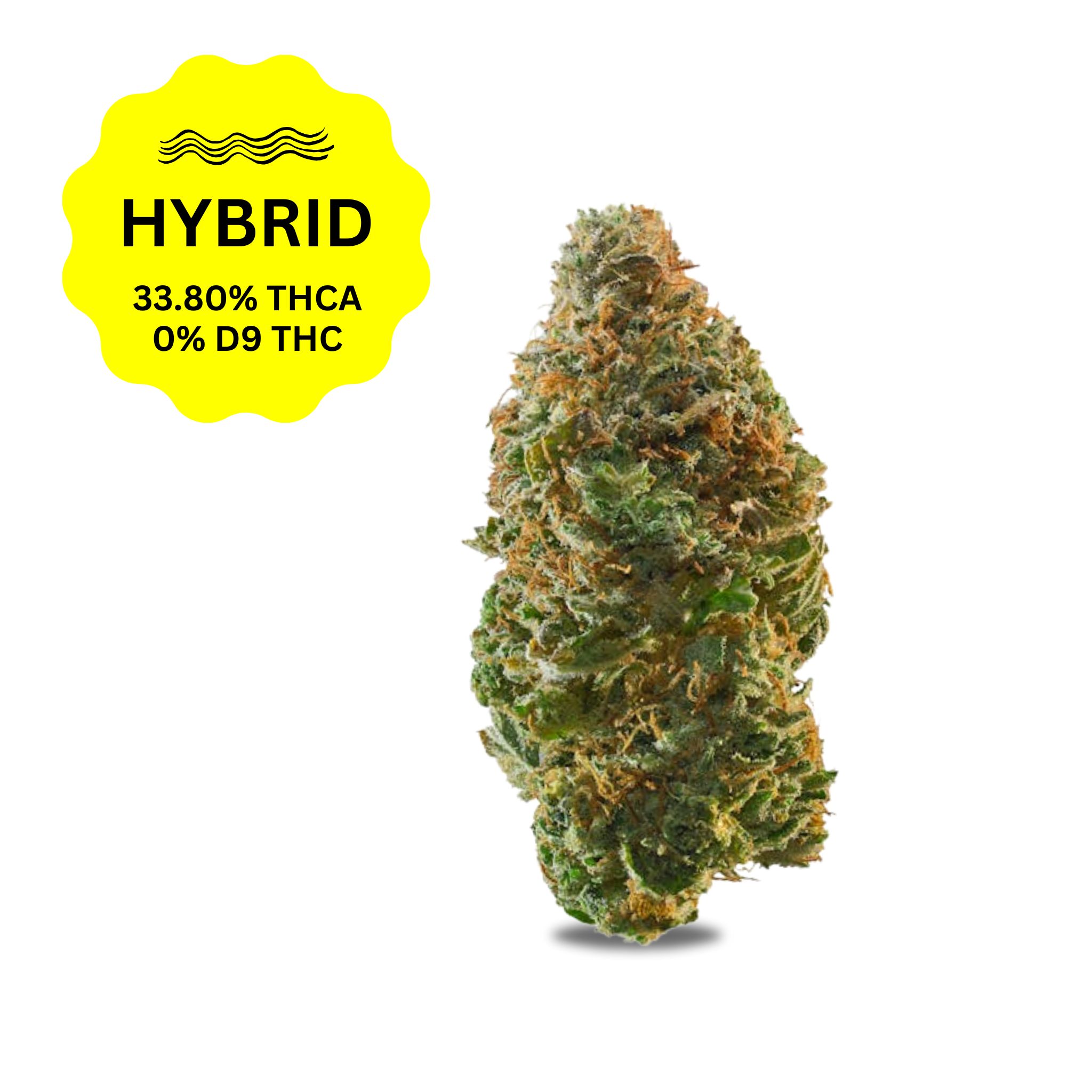
$14.99
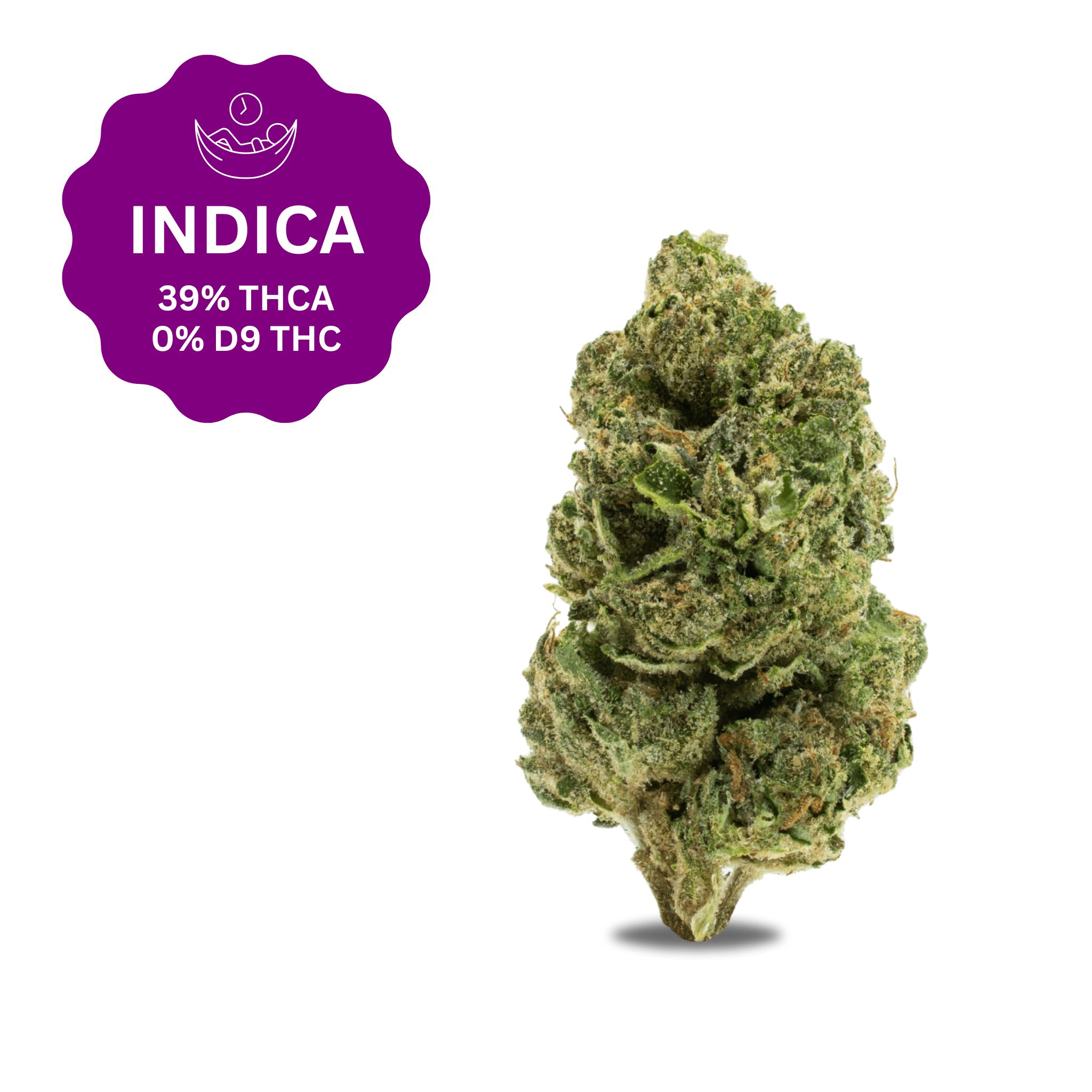
$14.99
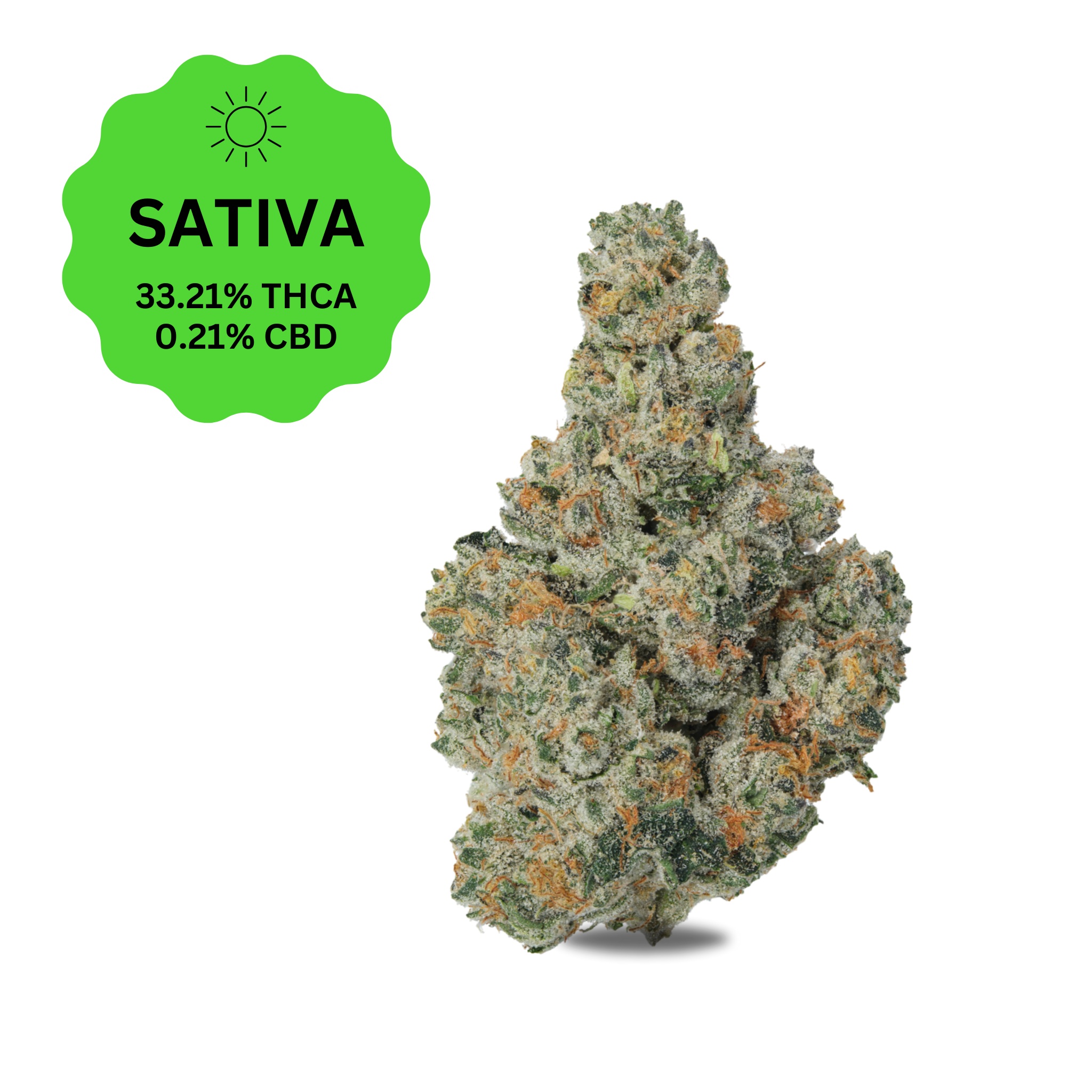
$14.99
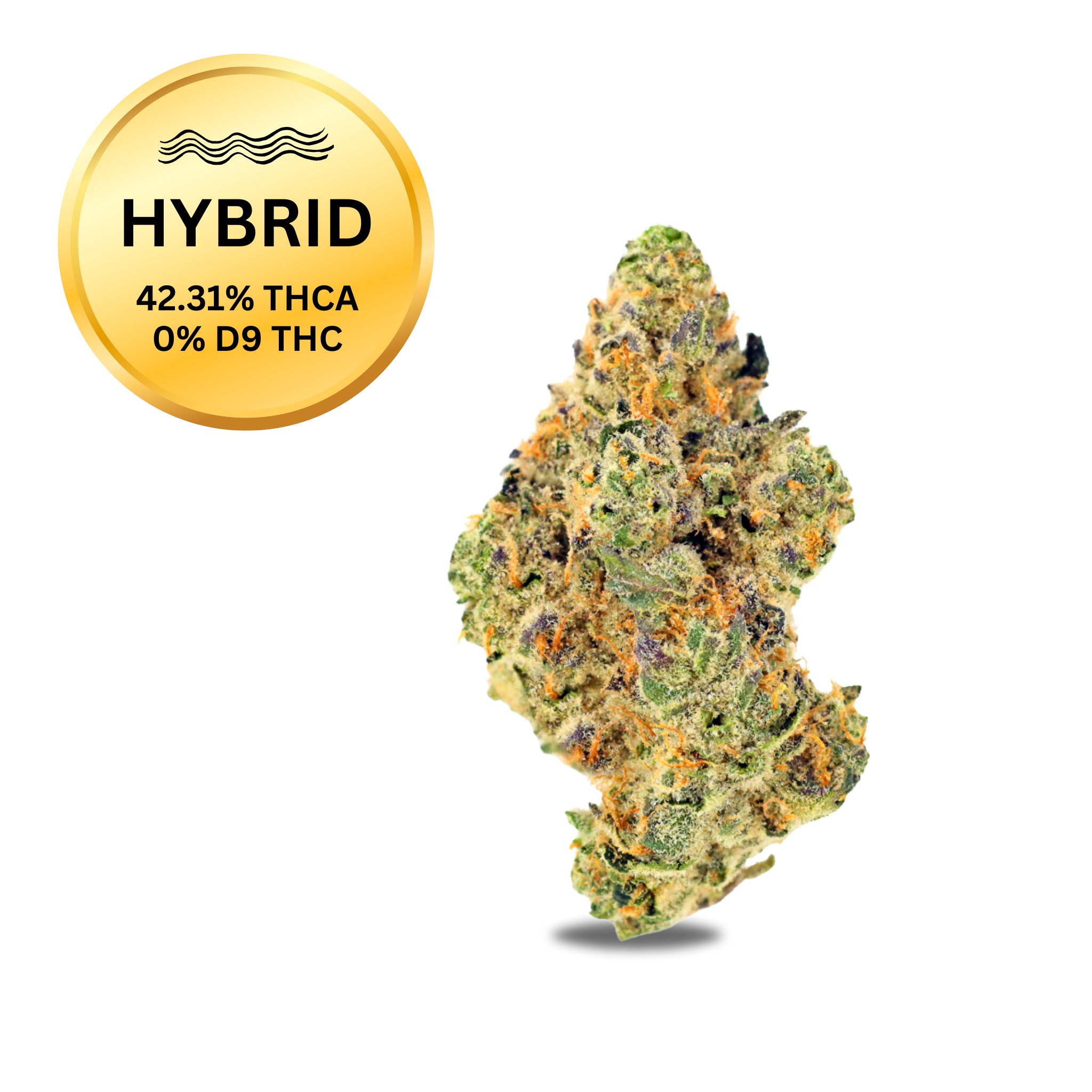
$14.99
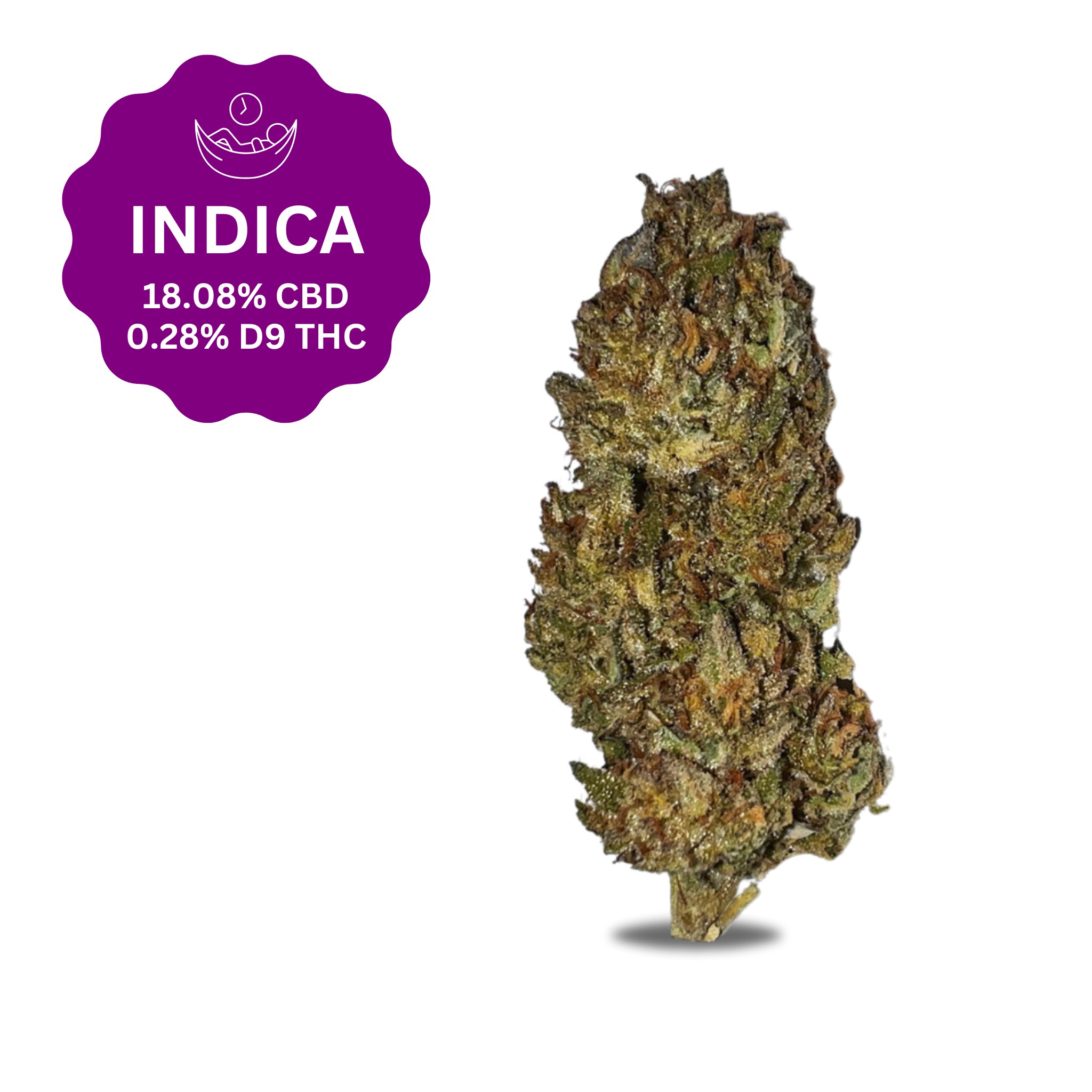
$29.99

